Tailor-made α and β sources
LEA can, on request, adapt the activity and the geometry of catalog sources to a specific need. Here are six examples.
Babyline specific checks
To carry out Babyline checks (Babyline 81™ MIRION Technologies), LEA offers a source kit specially adapted to the operating range of this portable survey meter.
The kit is composed of 4 sources of 90Sr, with activity levels of 0.07μCi (2.5kBq), 0.81μCi (30kBq), 8.1μCi (300kBq) and 94.6μCi (3.5MBq). Other radionuclides and other activities are available on request.
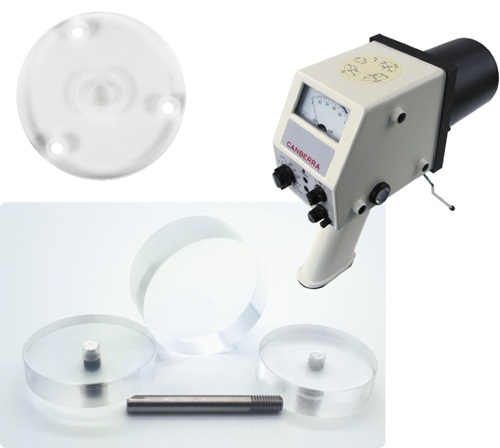
Verification of MIRION ICAM™ type fixed aerosol monitors
Atmospheric contamination monitors are used in nuclear installations when there is a risk of internal contamination. Their periodic verification is typically done using "card sources": sources fixed to a support specially adapted to the measurement geometry of the monitor, similar to a bank card.
Non-exhaustive list of radionuclides and range of available activity:
• 239Pu, 241Am: from 0.003 μCi (100 Bq) to 0.03 μCi (1 kBq)
• 14C, 60Co, 90Sr/Y, 137Cs, 147Pm: from 0.01 μCi (500 Bq) to 0.1 μCi (1 kBq).
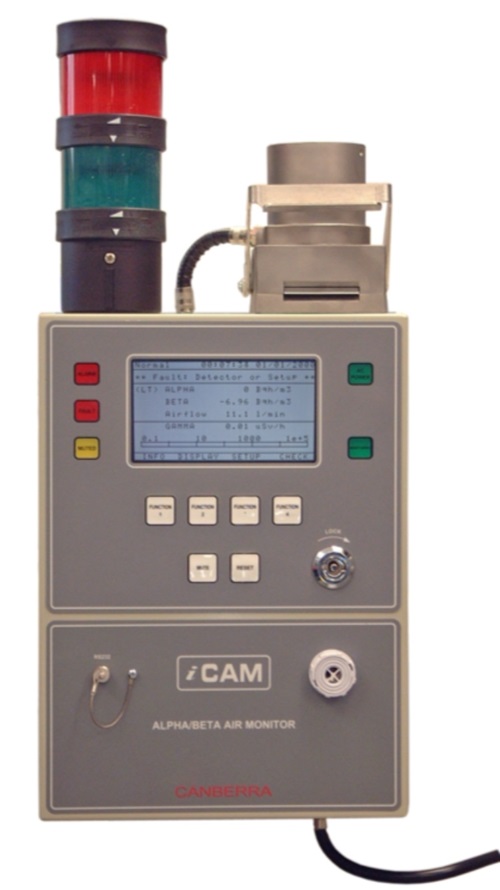
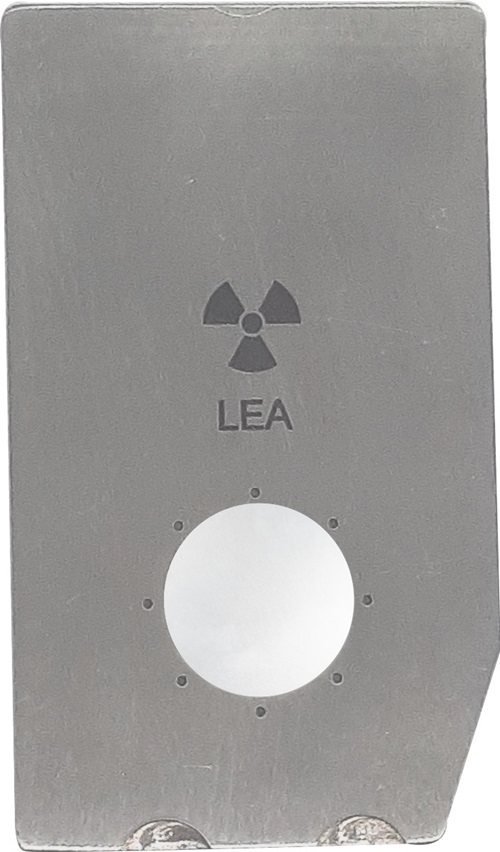
Verification of mobile aerosol monitors
Mobile monitors of atmospheric non-contamination are widely used in nuclear installations in operation during one-off maintenance actions or in dismantling nuclear installations.
Their periodic verification is typically done using 137Cs or 239Pu sources of low activity (a few μCi) deposited on a support specially adapted to the measurement geometry of the monitor.
#03A “Needle sources” for ABPM™ type
The needle sources are periodically inserted into a housing provided for this purpose in the monitor.

Example of needle support on which radionuclides are deposited : rod diameter 0.2 x 3,1 in (5 x 80 mm) long.
#03B “Drawer sources” for EDGAR type
Drawer sources are fixed on the monitor and remain permanently in place. In routine operation, the drawer is closed. It is opened when periodic verifications are performed.

Drawer in open position. Position adopted during periodic verifications of the atmospheric contamination monitor.

Drawer in closed position. Position adopted during normal operation of the atmospheric contamination monitor. The tray is retracted, shielding against the flow of alpha particles generated by the source.
Customer specific holder
In practice, samples measured by alpha spectrometry are often deposited in planchets before insertion into the measurement system. LEA can manufacture sources adapted to your equipment by depositing the radionuclides to planchets of your own supply.
The diameter of the active surface can vary from 0.6 in (15 mm) to 2.8 in (70 mm) and accommodate all alpha emitters proposed by the LEA, for activities ranging from 0.003 μCi (100 Bq) to 0.05 μCi (2 kBq).

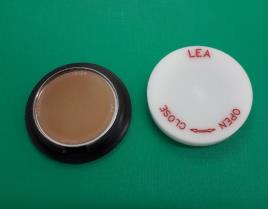
Accessories to facilitate daily checks of radiation protection probes
To facilitate checks on radiation protection probes, LEA offers racket-type source holder, embedding one or more sources suited to the radiological work environment.
One of the most used source combinations consists of a 239Pu source of 0.01 μCi (400 Bq) and a 90Sr source of 0.01 μCi (400 Bq).
Rackets are also available for all radionuclides and activities of ESA type sources. Rackets can also be delivered with a summary document specifying the operating ranges associated with the radiation protection devices used in the installation.
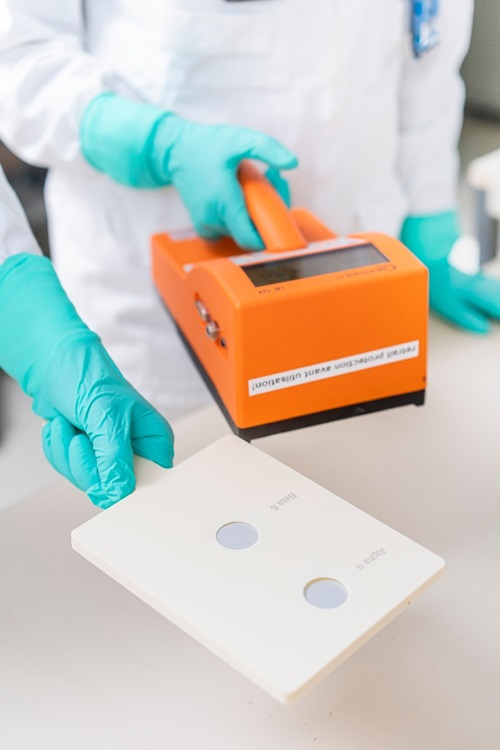
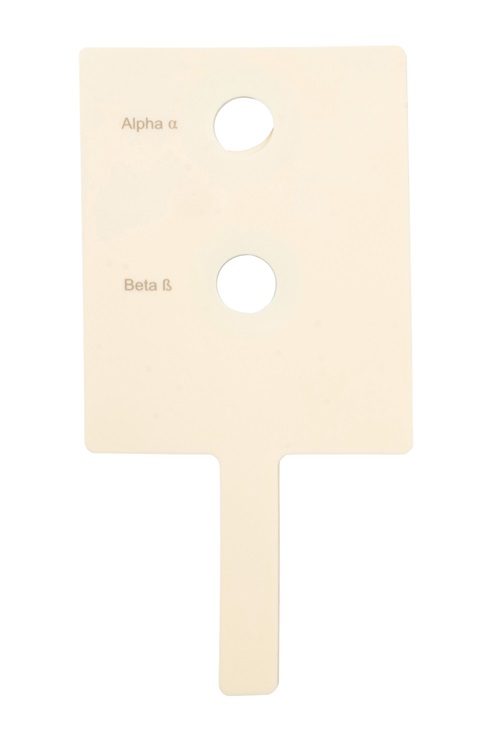
Self calibration of portable systems
The use of a radioactive source is one of the methods for correcting the gain of the on-board acquisition electronics in the portable systems used by the fire brigade or army to identify a possible radiological threat. The radioactive source is chosen to generate a signal outside the region of interest.
For the NaI detectors, typically used sources are point sources of 241Am or 137Cs, with a nominal activity of 0.002 μCi (70 Bq) or 0.02 μCi (700 Bq), mounted inside the scintillator. The system adjusts the electronic gain to maintain the peak position (generated by the 3 alpha rays of the 241Am between 5.4 and 5.5 MeV or the 137Cs gamma ray of 662 keV).
